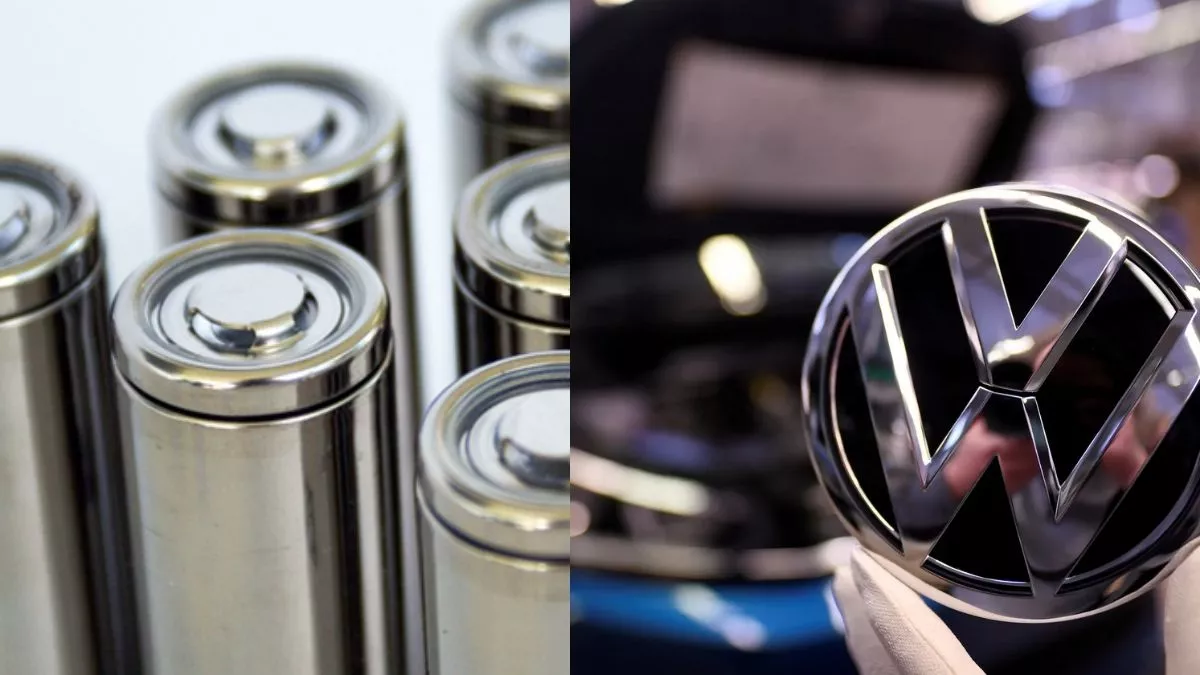

“Only H 2O vapor strongly degrades the Li 3PO 4 – LiCoO 2 interface and increases its resistance drastically to a value more than 10 times higher than that of the unexposed interface,” says Prof. To their surprise, they found that exposure to N 2, O 2, CO 2, and H 2, did not degrade the battery performance compared to a non-exposed battery. Before completing the fabrication of a battery, the team exposed the LiCoO 2 surface to air, nitrogen (N 2), oxygen (O 2), carbon dioxide (CO 2), hydrogen (H 2), and water vapor (H 2O) for 30 minutes. To start off, the team prepared thin film batteries comprising a lithium negative electrode, an LiCoO 2 positive electrode, and an Li 3PO 4 solid electrolyte. The study was the result of a joint research by Tokyo Tech, National Institute of Advanced Industrial Science and Technology(AIST), and Yamagata University.

By establishing a strategy for restoring the low interface resistance as well as unraveling the mechanism underlying this reduction, the team has provided valuable insights into the manufacturing of high-performance all-solid-state batteries. Taro Hitosugi from Tokyo Institute of Technology (Tokyo Tech), Japan, and Shigeru Kobayashi, a doctoral student at Tokyo Tech, may have finally solved this problem. Now, in a recent study published in ACS Applied Materials & Interfaces, a research team led by Prof. All-solid-state batteries, which use a solid electrolyte instead of a liquid electrolyte found in traditional batteries, not only meet these standards but are comparatively safer and more convenient as they have the possibility to charge in a short time.Ĭredit: Shigeru Kobayashi and Taro Hitosugi of Tokyo Institute of Technology They also explore the underlying reduction mechanism, paving the way for a more fundamental understanding of the workings of all-solid-state lithium batteries.Īll-solid-state lithium batteries have become the new craze in materials science and engineering as conventional lithium-ion batteries can no longer meet the standards for advanced technologies, such as electric vehicles, which demand high energy densities, fast charging, and long cycle lives. Scientists Reduce All-Solid-State Battery Resistance by HeatingĪll-solid-state batteries are now one step closer to becoming the powerhouse of next-generation electronics as researchers from Tokyo Tech, AIST, and Yamagata University introduce a strategy to restore their low electrical resistance.


 0 kommentar(er)
0 kommentar(er)
